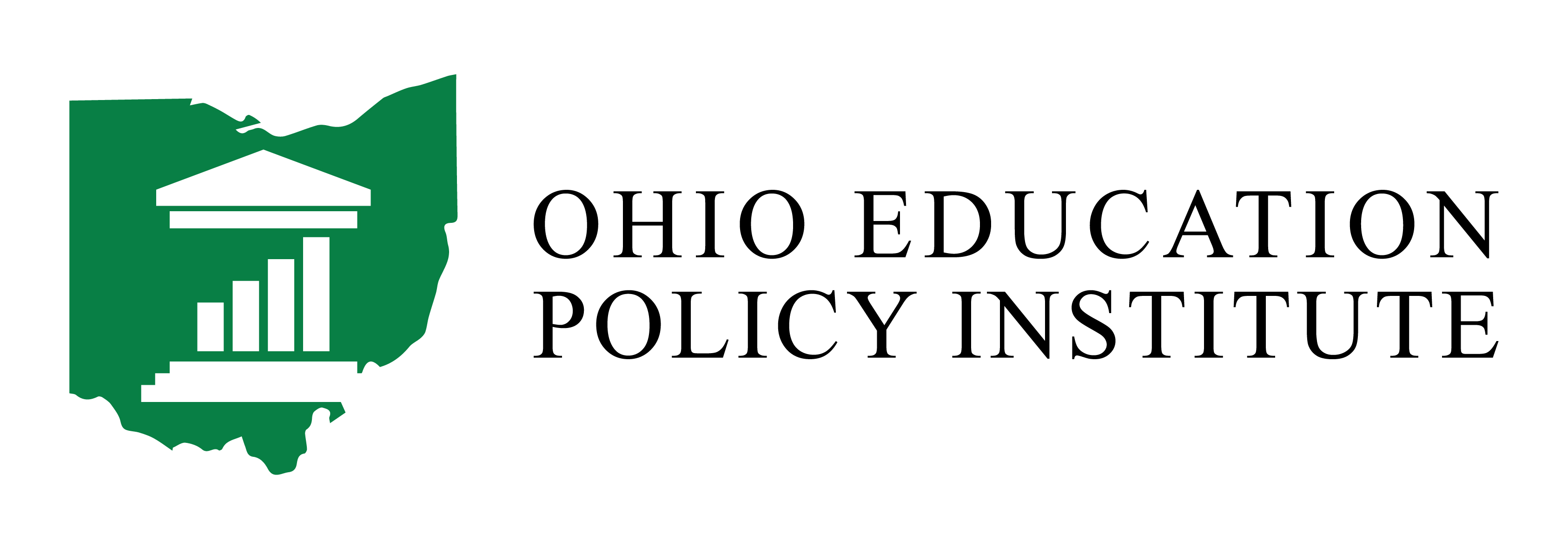January 2023
Dr. R. Gregory Browning and Dr. Howard Fleeter released a report Funding Supplemental Services for Economically Disadvantaged Students in Ohio: Analysis and Policy Implications. The central focus of this analysis is to help Ohio educators and public policymakers gain a deeper understanding of the specific supplemental services being provided to Ohio public primary and secondary school students who come from economically disadvantaged circumstances. The report also includes a preliminary analysis of the costs associated with providing these services. The analysis is designed to be both informative and foundational to a separate comprehensive study of these costs. This report also creates context for these issues by providing an overview of federal and state funding for low-income students in Ohio, a comparison of Ohio’s formula for funding low-income students with that of other states, and a discussion of issues relating to the identification of low-income students in Ohio.
November 2022
The Ohio Education Policy Institute (OEPI) has been analyzing Ohio’s Report Card data since 2013. This brief report contains initial analysis of selected elements of the FY21-22 school year Report Card.
Summer 2021
Analysis of HB82 — a combination of HB200 and SB145 — and the changes it sets in place for the 2021-22 School Report Card.
Spring 2021
Dr. Howard Fleeter compares HB200 and SB145, both of which aim to revise Ohio’s School Report Card.
Spring 2020
OEPI analyzes a controversial attempt to alter Ohio’s territory transfer law and it’s outcomes.
- Ohio’s Controversial Territory Transfer Law
- Updated, Winter 2020 – Ohio’s Controversial Territory Transfer Law
October 2018
For the past several years, Dr. Howard Fleeter, consultant for the Ohio Education Policy Institute (OEPI), has analyzed school district report card data looking particularly at the relationship between educational outcomes and district socioeconomics. The results of this analysis have consistently shown that test performance is highly and negatively correlated with poverty.
September 2018 – Updated September 2020
September 2017 – Updated September 2020
November 2016
January 2016
January 2016
Analysis shows disparities with report card’s new Prepared for Success measure
COLUMBUS — Results of Ohio’s new “Prepared for Success” measures on public school district report cards indicate significant disparities between economically disadvantaged students and their peers, according to an analysis just released.
Three statewide education management organizations: the Ohio School Boards Association, Buckeye Association of School Administrators, and Ohio Association of School Business Officials requested the analysis through the Ohio Education Policy Institute (OEPI). Dr. Howard Fleeter, consultant for the OEPI, prepared the analysis of the state’s recently released report card data.
Dr. Fleeter found stark differences among school districts in the college and career readiness of their students as measured by new indicators on Ohio’s school district report cards. Districts with a high percentage of students who come from low socioeconomic circumstances generally score much lower on the new Prepared for Success measures.
The 2014-2015 school year is the first to be subject to a variety of new school district report card measures. Aimed at a more comprehensive look at the way school districts serve students, the new data provides yet another reminder that more work is needed to close the gap between wealthy and poor students, according to Dr. Fleeter. The measures include performance and participation rates on SAT and ACT tests, the number of students taking Advanced Placement tests, and college matriculation rates.
After grouping the state’s school districts by decile according to the percentage of districts’ economically disadvantaged students, Fleeter’s analysis shows there is a 23.5 point percentage gap between the average 4-year graduation rate in districts with less than 10% economically disadvantaged students (97.4%) and districts with greater than 90% economically disadvantaged students (73.9%). Fleeter also found that ACT test participation increases steadily as the percentage of lower income students declines across 9 of the 10 deciles.
Fleeter states, “A very clear pattern exists whereby the likelihood of receiving an Honors diploma increases dramatically as the percentage of economically disadvantaged students declines.”
The three education organizations requesting the analysis hope to use the results to petition lawmakers to take action. Spokespersons for the groups say the new report card data is just one more piece of evidence pointing to the need for innovative solutions that go beyond the classroom.
